The Art of Minakari
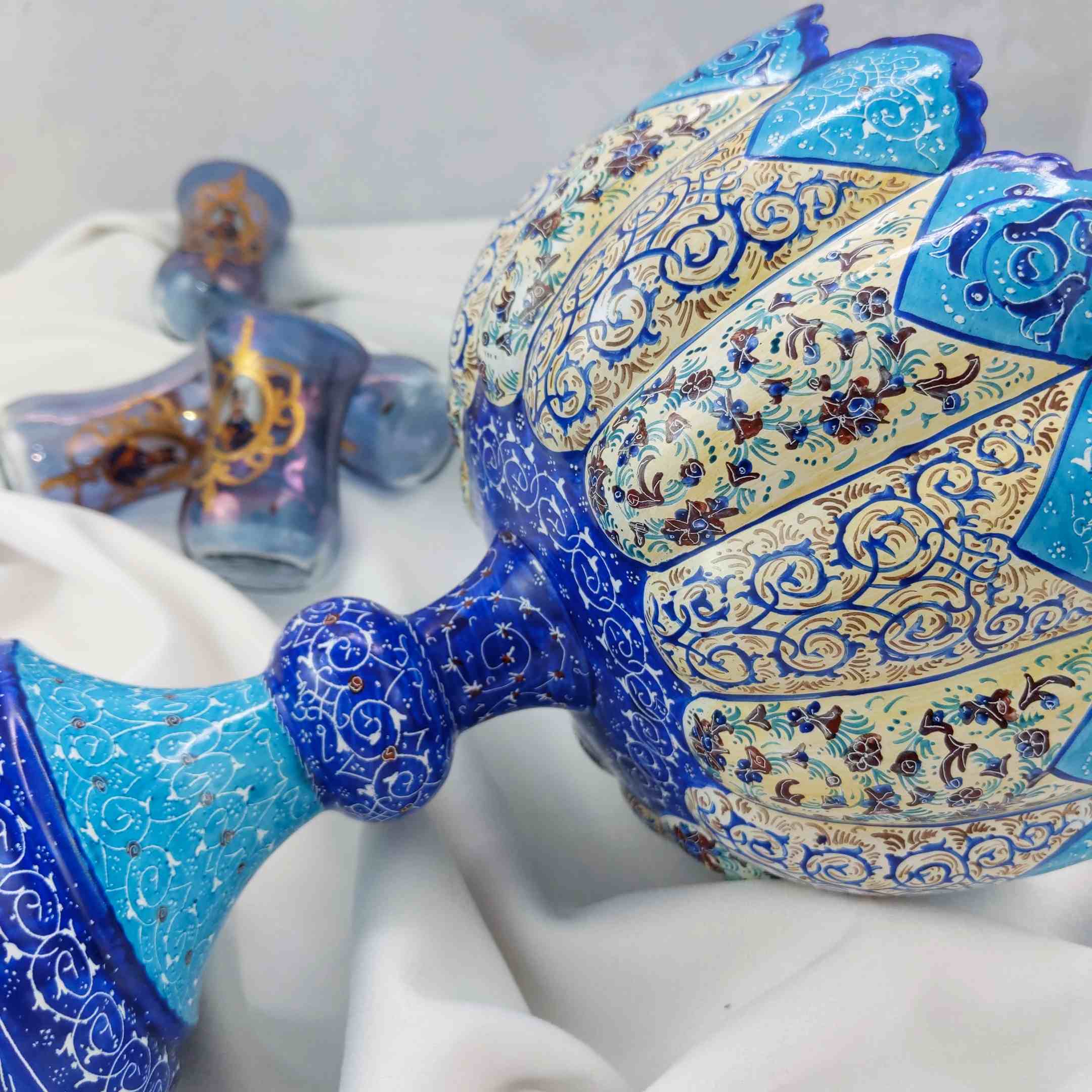
When you think of enamel (MinaKari), you probably think of blue glazed plates. How well do you know Iranian art? Are you familiar with the features of good enamel? What enamel presents are appropriate for certain occasions? So, let’s read this article to the end. What is the meaning of enameling? To begin, we must look at the definition of enamel, which literally means “blue sky.” The concept of enameling art is defined differently in different dictionaries. Enameling, for example, is defined as painting and adorning gold, copper, and silver metals with a specific glazed hue that is baked and solidified at high temperatures, according to the Dehkhoda dictionary. Enameling also refers to the technique of painting designs on plates with blue glaze. Iranian art can be found on the doors and windows of religious and historic buildings. Isfahan is one of the primary centers of activity for enamel artists, and as a result, the city has a huge number of enamel workshops.
Minakari Is Known As The Art Of Color And Fire Accompaniment
These two aspects form the foundation of beautiful and utilitarian enamels. Other equipment, such as pens, hammers, sheet metal, and so on, are required in addition to these cases to implement enameling in various ways. Artists make fresh and unique designs on utensils using these tools and their tastes.
Art of Minakari techniques
Iranian enameling has been done in a variety of techniques from the beginning to the present, some of which are entirely outdated and others which are only employed in specific circumstances. Knowing how to use these approaches can help you learn more about the evolution of traditional Minakari art and how it got to where it is now.
Enameling’s origins
When many people hear the word minakari, they think of painted blue plates and bowls. Dishes that have previously adorned the tables of many Iranian homes. For almost 5,000 years, these wares have been made. Only monarchs and courtiers could afford these vessels due to their high worth. It is now, however, one of Iran’s most prized handicrafts, with several purchasers. For many years, Isfahan has been the heart of this art, and numerous artists labor in the city’s tiny and large workshops.
Various examples of these handicrafts have been discovered in various locations throughout the globe. The six gold rings in Cyprus and the Zeus (King of the Gods in Greek mythology) statue in Greece are examples. However, several examples in Iran have prompted specialists to believe that Iran was the birthplace of this art. The art eventually spread throughout Europe as a result of battles or trade. Earrings, gold armlets, and a brass dish were all discovered enameled during the Achaemenid period. These masterpieces are housed in internationally renowned museums, and their authenticity has been verified.
The art of Minakari is a metalwork technique that uses gold, silver, and copper. This is done with a lot of heat. This painting was traditionally done on persian gold and persian silver. As a result, it had a high monetary worth. Today, this work is also done on copper, which is why it is less expensive. In southern Iran and Ahvaz, it is still done on gold.
Top-selling Art of Minakari items
If you’re curious about the many varieties of minakari, here are some examples:
- Enameled plate
- Enameled vase
- Types of enamel paintings
- Enamel paintings with inlay or miniature
- Enamel candy bowl
- Enameled tea and drink set
- Enameled mirror and candlestick
- Enameled Rose-water sprinkler
- Enameled jewelry
- Promotional gifts and enamel stand
- Art aficionados not only in Iran but also throughout the world admire the sale of Art of Minakari . Purchasing enameled handicraft has a distinct sense of uniqueness, and the items you purchase will last for a long time. Enameled plates are a sign of this country’s culture and art. Enameled vases, enameled plates, enameled trophies, Art of Minakari frames, etc. are among these lovely items.
Different types of Minakari
Enamel arts may be done on a variety of metals, including gold, copper, and brass, as well as pottery, Persian Glassware, tile, and ceramic constructions. However, copper metal is the primary infrastructure, and enamel on copper is the most popular and best-selling variety of enamel.
Enamel on copper
Copper enameling is an art form that is done in Isfahan with the greatest degree of quality and professionalism, which sets it apart from other Iranian cities. Master Esmaili Enamel, is a clear and well-known example of a top brand of copper enameling in Iran.
Enamel on glass
It is a technique for decorating and painting glass using enamel paints. The Glass Art of Minakari isn’t just for vases, bowls, and plates. This Art of Minakari process was once used to embellish all of the persian mirrors in antique houses, as well as their doors and windows. Enamel on glass was employed to represent saints and religious events in European countries as churches grew in prominence. After numerous phases of decline throughout the Qajar dynasty, this craft was allowed to develop.
Enamel on gold
It is a several thousand years old history art, that is done on gold jewelry in the country’s south, in the city of Ahvaz. The designs and motifs on this sort of Art of Minakari are unique, and they are all based on the region’s history, culture, and customs.
Enamel on pottery
It is one of the most popular forms of enamel among the public. Each Iranian location is particularly focused on a certain sort of enamel. In Hamedan, the city of Lalejin may be regarded as the primary center of enamel on pottery. Enamel pottery is popular in Iranian homes and can be used to decorate modern homes and offices.
Famous enamel masters
In the past, there were many famous masters and artists in enameling art, as evidenced by the antiquity of Mina’s art; however, the names of these valued artists have been lost in the pages of history and events, leaving only the names of masters like Master Mirza Abdullah Mosavar Taheri, who unfortunately do not know what period he lived in.
There are, of course, many additional masterpieces whose authors remain unknown. There are outstanding masters today, such as the deceased Professor Zarqouni, the deceased Professor Saneizadeh, the deceased Professor Faizollahi, Mr. Ghaffarian, Mr. Honardoost, and Mr. Ismail, and Mr. Faghihi who maintain and display the art of their ancestors.

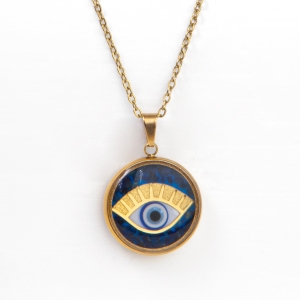 Evil Eye Necklace
Evil Eye Necklace 




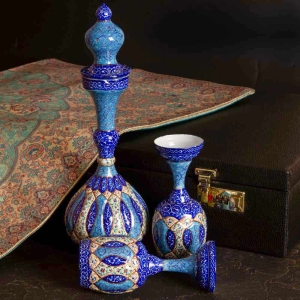
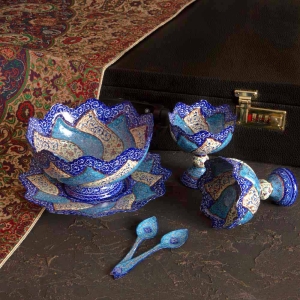
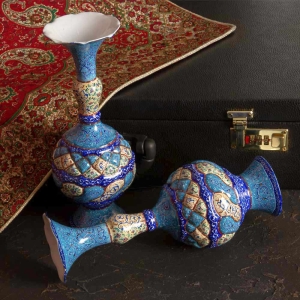
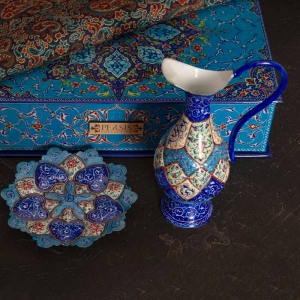
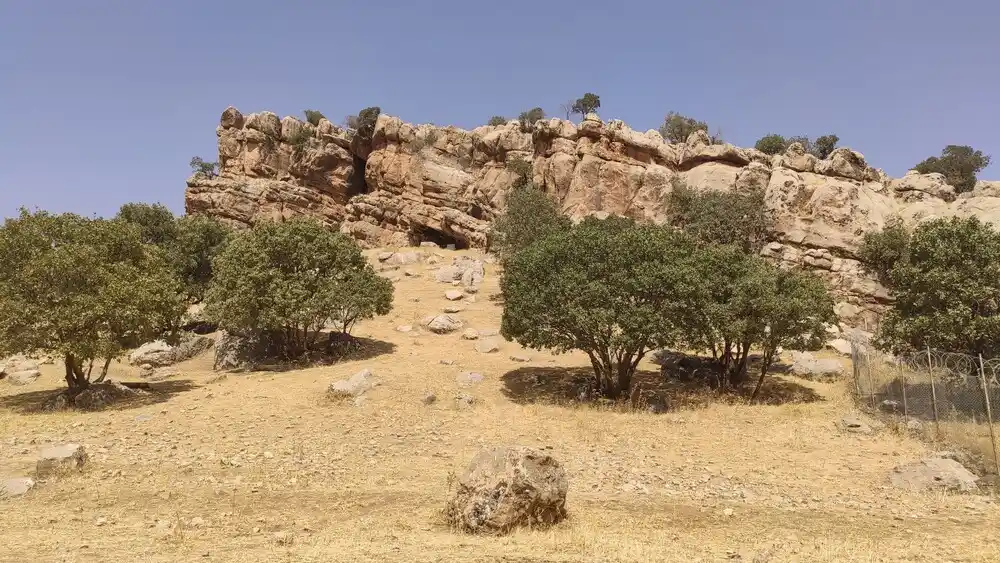
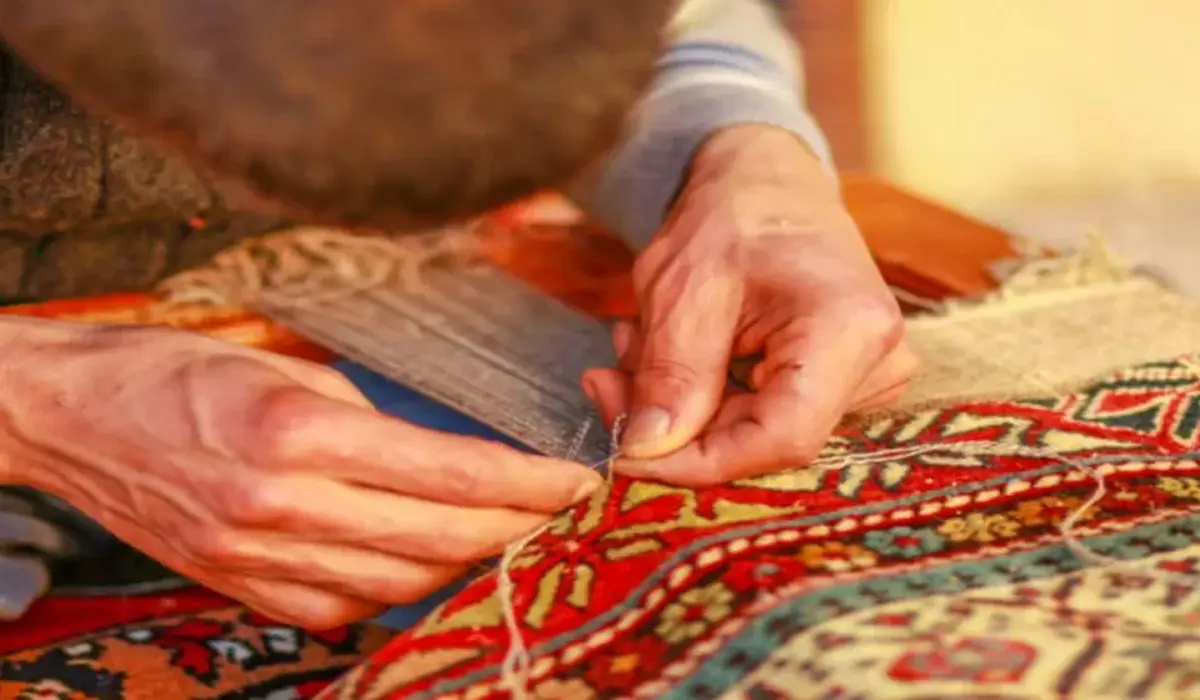
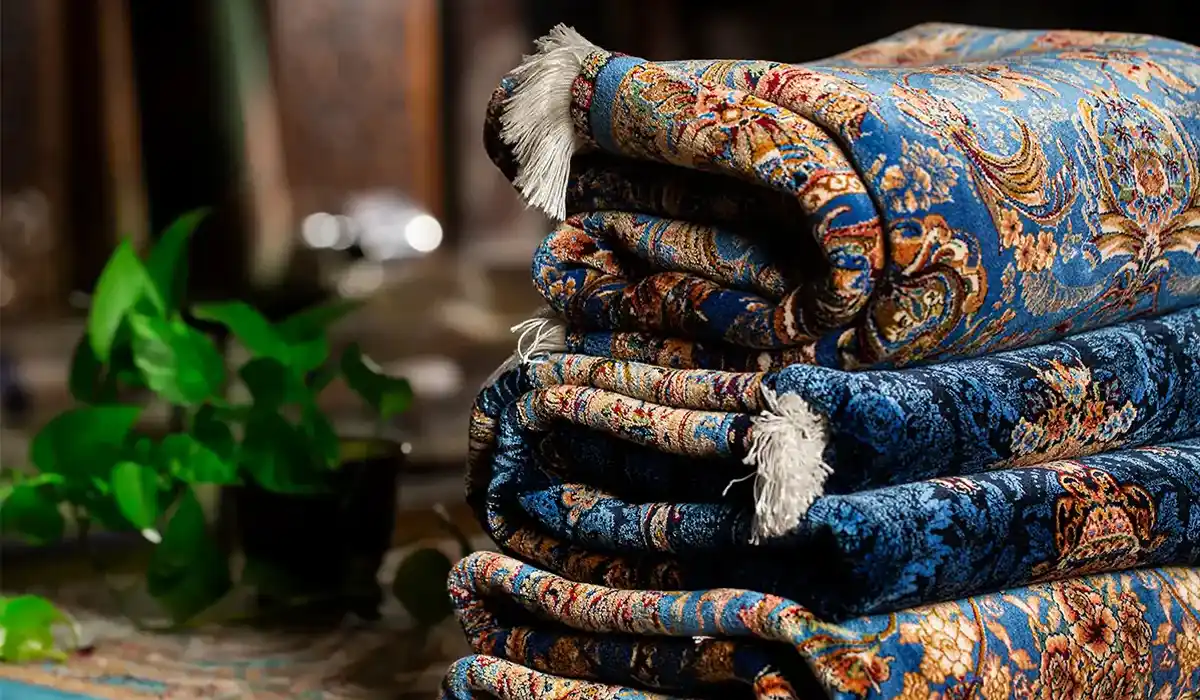
Comments